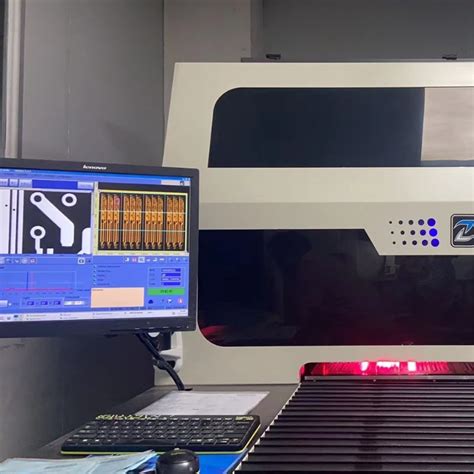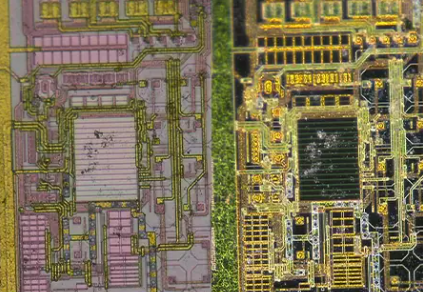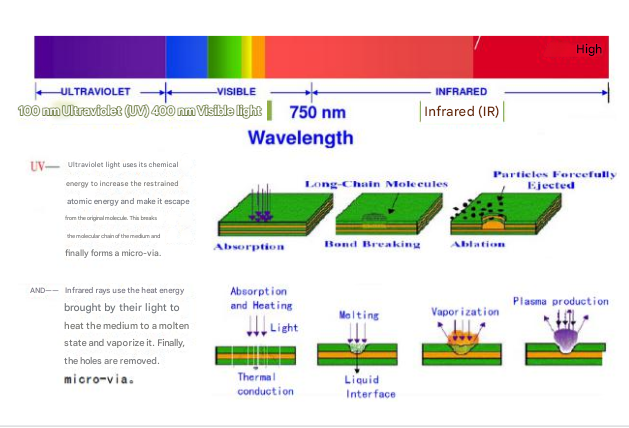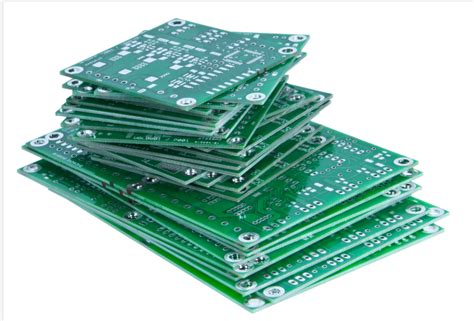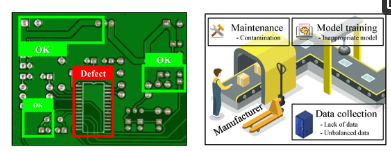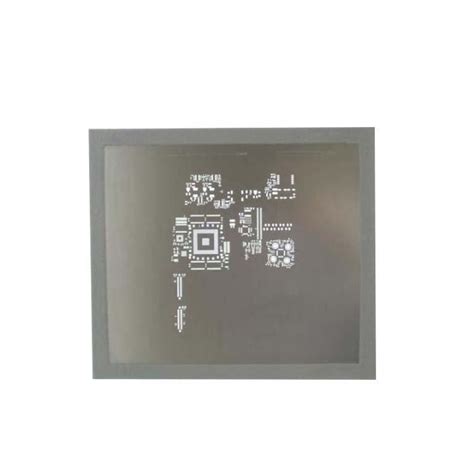Mastering Bare Printed Circuit Board Manufacturing: A Complete Guide
Key Takeaways
Understanding the essentials of bare printed circuit board manufacturing is vital for anyone involved in the pcb manufacturing industry. You should recognize that the quality of the PCB directly impacts the performance of electronic devices. Familiarizing yourself with the key materials and their properties is crucial; materials such as copper, FR-4, and various substrates are essential for efficient production. Also, keeping abreast of the manufacturing processes will allow you to determine which methods align best with your project’s specific requirements.
Design considerations play a significant role as well; optimizing your layouts can help reduce pcb manufacturing costs while enhancing functionality. Not to forget, implementing best practices for quality assurance will not only streamline your operations but also ensure that you deliver a final product that meets both industry standards and customer expectations.
For those looking to enter or expand within this market, a focus on emerging technologies can provide a competitive edge in your pcb manufacturing business. Understanding common challenges and their solutions will empower you to navigate obstacles effectively, leading to greater success in your ventures with various pcb manufacturing companies. In sum, mastering these elements will enhance your overall proficiency and effectiveness in the field of bare printed circuit board manufacturing.
Mastering the Basics of Bare Printed Circuit Board Manufacturing
Understanding the fundamentals of bare printed circuit board (PCB) manufacturing is crucial for anyone involved in the electronics sector. This knowledge not only helps you make informed decisions but also enhances your ability to work with pcb manufacturing companies effectively. Start by familiarizing yourself with the key processes and materials that are integral to pcb manufacturing.
The primary materials used include copper, epoxy resin, and fiberglass, which are essential for creating durable and effective circuit boards. When you consider setting up a pcb manufacturing business, it’s important to assess factors influencing pcb manufacturing cost, including raw material prices and labor expenses.
A checklist approach can be helpful in mastering these basics:
| Key Factor | Description |
|---|---|
| Material Quality | Ensures durability and functionality |
| Process Efficiency | Reduces production time and costs |
| Design Precision | Increases reliability and performance of the PCB |
Keep in mind that mastering these elements is essential for high-quality production.
“Understanding the basics of PCB manufacturing empowers you to innovate and improve efficiency.”
As you delve deeper into this field, take note of various design considerations that can impact your boards’ effectiveness, ensuring they meet your specific project requirements. This foundational knowledge will serve as a stepping stone toward achieving excellence in PCB production.
Key Materials Used in Bare PCB Production
In the pcb manufacturing process, the choice of materials is crucial as it directly influences the quality, performance, and reliability of the final product. One of the primary materials used is FR-4, a fiberglass-reinforced epoxy resin that provides excellent electrical insulation and mechanical stability. Additionally, you will want to consider copper, which is essential for creating conductive pathways on your bare PCBs. The thickness of this copper layer can significantly affect both pcb manufacturing cost and efficiency; thicker copper layers may lead to higher initial costs but can enhance performance in high-current applications.
Moreover, substrates play an integral role in the overall functionality of your designs. High-frequency applications often require materials like Teflon or Rogers, which offer superior dielectric properties compared to standard substrates. If you’re managing a pcb manufacturing business, understanding the trade-offs between different substrate materials could help you tailor your offerings to meet specific client demands.
You should also keep in mind that additional materials such as solder mask and silkscreen inks are essential for enhancing the protective qualities and usability of your bare PCBs. As a result, selecting high-quality materials not only aids in achieving superior performance but can also mitigate common challenges faced in production. By investing time in understanding these key materials, you position yourself to work more effectively with pcb manufacturing companies and ultimately improve your overall process.
The Manufacturing Process: Step-by-Step Guide
Understanding the pcb manufacturing process is essential for anyone involved in the creation of bare printed circuit boards. The journey begins with material selection, where you choose the appropriate substrates, copper thickness, and other components. Pre-production preparation entails designing the layout, ensuring that it meets all necessary specifications for functionality. Once you move into the fabrication phase, the process typically includes several critical steps: photoresist application, where light-sensitive materials are coated onto your substrate; etching, which removes unwanted copper to reveal your circuit pattern; and plating, which adds additional layers of copper where necessary.
After fabrication, you need to conduct thorough testing to ensure that each board meets industry standards. This is where many pcb manufacturing companies differentiate themselves by offering comprehensive quality control checks. As you manage your pcb manufacturing business, it’s crucial to consider how each step in this process affects your overall production efficiency and associated pcb manufacturing costs. Optimizing this workflow can lead to significant savings and a more streamlined production cycle.
Moreover, keeping an eye on emerging technologies can enhance your manufacturing capabilities and help differentiate your products in a competitive market. By understanding each phase of the manufacturing process, you can work towards ensuring that every board produced is of the highest quality, vital for reliable performance in its intended application.
Design Considerations for Effective Bare PCB Layouts
When embarking on a pcb manufacturing project, understanding the critical elements of layout design can significantly impact the efficiency and quality of your final product. One crucial aspect is the component placement; positioning your components effectively on the bare printed circuit board (PCB) layout ensures that signal integrity is maintained and minimizes noise interference. You should also consider the routing of traces; using wider traces for higher current-carrying paths can help reduce resistance and improve thermal management. Pay attention to ground plane design as well, as a solid ground can serve as a reference point for signals and help in shielding against electromagnetic interference.
In addition, using simulation software during the design phase allows you to visualize potential issues before manufacturing begins. It’s vital to adhere to industry standards and guidelines provided by pcb manufacturing companies to ensure your designs are manufacturable. Always remember that effective design can mitigate future pcb manufacturing costs by reducing the need for revisions or additional prototypes. That said, investing time in optimizing your bare PCB layout not only leads to higher quality products but also enhances overall efficiency in your pcb manufacturing business processes.
For further insights into best practices and emerging technologies in this sphere, you might consider exploring resources available through various reputable platforms such as Andwin PCB.
Best Practices for Quality Assurance in PCB Manufacturing
Ensuring top-notch quality assurance in PCB manufacturing is paramount for creating reliable products that meet both performance standards and customer expectations. To achieve this, it is essential to integrate a variety of practices throughout the manufacturing process. Start by selecting reputable PCB manufacturing companies known for their commitment to quality. This decision can significantly impact the overall PCB manufacturing cost, often leading to savings by minimizing defects and rework.
Implement rigorous testing protocols at each stage of production, utilizing techniques such as Automated Optical Inspection (AOI) and X-ray analysis to detect potential flaws early on. Regular audits and inspections not only validate adherence to industry standards but also foster a culture of continuous improvement within your PCB manufacturing business.
Additionally, ensure that your team is well-trained in the latest tools and technologies, as skilled personnel contribute significantly to maintaining high-quality outputs. By adhering to these best practices, you can enhance the reliability and efficiency of your production process, ultimately delivering superior products that resonate with customers’ needs and expectations.
Emerging Technologies in Bare Printed Circuit Board Manufacturing
As you delve into the world of bare printed circuit board manufacturing, you’ll encounter a wave of emerging technologies that are reshaping the industry. Innovations such as advanced automated processes, 3D printing, and smart manufacturing are enhancing efficiency and reducing the pcb manufacturing cost. These technologies allow pcb manufacturing companies to streamline production, minimize waste, and improve reliability. For instance, integrating Internet of Things (IoT) technologies enables real-time monitoring of production lines, which enhances quality assurance without compromising speed. Furthermore, advancements in materials science are leading to the development of lighter and more durable substrates that support higher performance levels in electronics. As you explore these trends, consider how they can influence your own pcb manufacturing business strategies and practices. Embracing these innovations not only positions your operations at the forefront of technology but also ensures that you can compete effectively in a dynamic market. The future is bright for organizations willing to adapt and evolve alongside these emerging trends in bare printed circuit board manufacturing.
Cost-Effective Strategies for PCB Production
Finding cost-effective strategies in PCB manufacturing is crucial for staying competitive in today’s market. You can begin by optimizing the PCB manufacturing cost through thoughtful material selection. Choosing the right materials not only affects performance but also influences the overall budget. Many PCB manufacturing companies offer different grades of materials, and you can often negotiate pricing based on bulk orders or long-term contracts. Another essential strategy is to refine your design processes. Utilizing design software that allows for automated error checking can reduce iteration cycles and mitigate costly mistakes that delay production.
Furthermore, consider evaluating your production methods. Implementing lean manufacturing principles can minimize waste and inefficiencies, contributing to a more profitable PCB manufacturing business model. Collaborating closely with your vendor can also yield benefits; inquire about their turnaround times and capabilities to align with your production schedules effectively. Additionally, exploring advanced technologies such as automation or selective soldering techniques may reduce labor costs and enhance accuracy, providing a dual advantage of lower expenses and improved product quality.
Ultimately, incorporating these strategies will help you manage costs without compromising the integrity of your products, ensuring that you remain at the forefront of the ever-evolving landscape of bare printed circuit board manufacturing.
Common Challenges and Solutions in Bare PCB Manufacturing
In the realm of pcb manufacturing, various challenges can emerge, impacting both the quality and efficiency of production. One common issue is the design complexity that often arises in contemporary electronics. As you delve into your pcb manufacturing business, keeping your designs straightforward can minimize potential errors and defects during fabrication. Additionally, you’ll encounter variations in pcb manufacturing cost, which can fluctuate based on materials and processes. To counteract this, consider adopting flexible sourcing strategies that allow you to pivot between suppliers without compromising quality.
Another significant hurdle is adhering to strict quality assurance standards. It’s essential to implement rigorous testing protocols throughout the production process. Engaging with reputable pcb manufacturing companies enables you to leverage their expertise in identifying potential quality issues early on, thus preventing costly reworks later.
Lastly, technological advancements can pose both an opportunity and a challenge in the landscape of bare PCB production. Staying abreast of emerging technologies is crucial, but integrating them seamlessly into your existing processes requires careful planning and execution. By actively seeking innovative solutions while addressing these key challenges, you can ensure a robust path forward in your journey through bare printed circuit board manufacturing.
Conclusion
In wrapping up this comprehensive exploration of bare printed circuit board (PCB) manufacturing, you’ve gained vital insights that will aid your understanding and practices in the field. Recognizing the key materials and manufacturing processes is essential for efficient production, which ultimately impacts your PCB manufacturing cost. By implementing best practices and taking into account design considerations, you can not only enhance the quality of your boards but also streamline operations in your PCB manufacturing business. It’s equally important to stay updated on emerging technologies, as this can give you a competitive edge over other PCB manufacturing companies. By tackling common challenges proactively, you position yourself for long-term success in this dynamic industry, ensuring that your output meets the ever-increasing standards for quality and efficiency.
FAQs
What is bare printed circuit board manufacturing?
Bare printed circuit board (PCB) manufacturing involves the creation of circuit boards that do not yet have any components attached. This process is critical for ensuring the reliability and functionality of electronic devices.
What are the common materials used in PCB manufacturing?
The primary materials in pcb manufacturing include copper, fiberglass, and various types of laminates. Understanding these materials is crucial as they directly impact the pcb manufacturing cost and overall performance.
How can I choose a reputable PCB manufacturing company?
When selecting among different pcb manufacturing companies, consider factors like their quality assurance processes, customer reviews, and their ability to meet deadlines. Comparing samples from multiple companies can also help you make an informed decision.
What are cost-effective strategies for PCB production?
To reduce your pcb manufacturing cost, focus on optimizing designs for easier production, ordering in bulk, and choosing reliable suppliers who offer competitive pricing without sacrificing quality.
What challenges might I face in PCB manufacturing?
Common challenges include unexpected costs, design errors, or delays in the supply chain. Having a solid understanding of the pcb manufacturing business can help you navigate these issues effectively.
If you want to dive deeper into bare PCB details and get more assistance in optimizing your production needs, please click here: AndwinPCB.

